Cash Drag: Your Portfolio’s Subtle Downer
Do you remember way back in driver’s education class when the instructor said to keep your foot off the brake pedal when you’re driving unless you need to slow down or stop? Most people heed that warning. Especially when sitting next to a driving instructor!
Still though, there are a handful of drivers out there who press the brake pedal when they have no intention of stopping. This terrible driving habit is called “riding the brake” and has all kinds of negative outcomes. Riding the brake ruins your gas mileage, makes your engine work harder, wears down your brake pads quickly, and makes it difficult for other drivers to discern your intentions.
Cash drag can have analogous effects on your investment portfolio. First, what is cash drag? Cash drag is a reduction in investment performance because some of the investable funds remain in cash. Usually people think primarily of taxes, inflation, and high fees as the main issues eating into investment returns. It’s certainly prudent to always consider those three items.
However, a complete financial plan requires additional things to be taken into account which you previously may not have thought that much about. Even though cash drag is often overlooked by commission-brokers and do-it-yourself investors, a seasoned, fee-only CERTIFIED FINANCIAL PLANNER™ professional will take necessary steps in the planning process to minimize its negative effects.
How big is the cash drag problem? Morningstar, Inc. found that U.S. equity mutual funds had an average cash weighting of 3.2%.[1] Even more pronounced though, the CFA® Institute found that when measuring all actively managed funds, the average cash weighting came in at a monstrous 5%![2]
What is the opportunity cost on all that excessive cash? Just a mere $10,000 sitting in cash, if it was invested and earned 8% annually for 25 years would give an investor an additional $168,504! All that additional retirement cash could be a much more efficient way to pay for retirement living expenses as opposed to buying a pricey long-term care insurance policy!
If you invest with a more diversified portfolio that includes small-cap funds and emerging markets, then cash drag could become even more bearing on the portfolio. The more volatile the benchmark, the greater the cash impact will be.”[3]
Some investors are inherently more conservative and may only be comfortable in a more predictable portfolio. Yet even for more cautious investors, cash may not be the best answer. Bonds beat cash 82% of the time and “U.S. Treasuries have dominated cash for any non-immediate time horizon.”[4]
Christopher Flood, Senior Portfolio Manager of Global Equity Beta Solutions, succinctly characterized the cash drag dilemma when he said, “Over the long run cash drag will always be a detractor to performance as markets appreciate over time. For equity index funds where every basis point counts and clients expect tight tracking it deserves as much attention as managing every other aspect of the fund.”[5]
Here is a list of questions about your portfolio which you should be asking:
Does your brokerage firm offer fractional shares? It needs to because fractional shares can get your money invested immediately. The alternative is waiting unnecessarily until enough cash builds up to buy a full-share.
Did your commissioned-insurance agent or broker disclose the cash drag on your current portfolio? Often cash drag isn’t disclosed because a broker will spend essential meeting time trying to explain upfront loads, surrender charges, and income riders on extremely expensive investment products.
Does your employer’s 401(k) website allow you to refine search criteria so you can quantify the impact cash is having on your investment performance? It would be very rare if your employer’s site has such a function. The biggest investment account for many investors is their 401(k) so make certain that you are investing as efficient as possible!
Are your dividends being reinvested? If not, then you may inadvertently be building up cash in your portfolio instead of putting the money to work for you.
Summary
As an investor, every dollar you protect from cash drag is eligible to earn compound interest, dividends, and appreciate in your portfolio for the rest of your life. That potential extra growth can have huge, positive consequences for your portfolio and your family! Contact a CFP® professional at ONE Advisory Partners today and get educated on these important concerns!
[1] https://www.betterment.com/resources/personal-finance/goals-and-advice/how-much-are-you-losing-to-idle-cash/
[2] https://www.linkedin.com/pulse/how-much-you-losing-idle-cash-rick-jensen
[3] https://www.ssga.com/investment-topics/cash/2017/Quantifying-the-Impact-of-Cash-Drag.pdf
[4] https://www.betterment.com/resources/investment-strategy/the-real-cost-of-cash-drag/
[5] https://www.ssga.com/investment-topics/cash/2017/Quantifying-the-Impact-of-Cash-Drag.pdf

